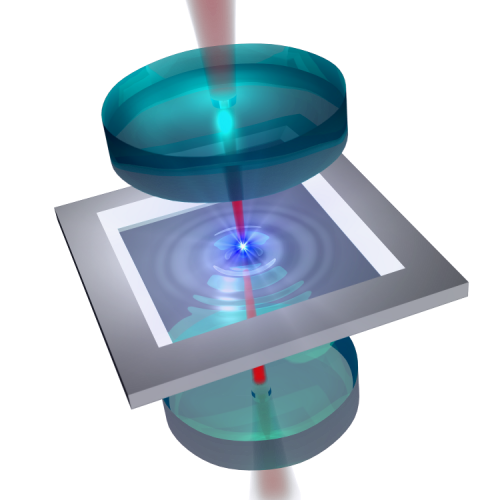
Physics Colloquium – Feb. 10, 2012 – Jack Sankey
Controlling the Motion of Solid Objects with Light
Prof. Jack Sankey
Department of Physics, McGill University
In the field of optomechanics, we are learning to use the back-action of strong interferometric measurements to gain a new level of control over mechanical systems. Recently, light has been demonstrated to profoundly influence the motion of a wide range of different mechanical objects, from kilogram-scale mirrors in kilometer-long gravitational wave detectors to nanomechanical elements in a cryogenic environment. A major goal of this field is to observe and control quantum motion in a macroscopic, solid object. Due to the same back-action, the form of the light-matter interaction is crucial in determining what quantum phenomena are observable (i.e. measuring “position” versus “energy”).
Here I will demonstrate several distinctly different (and non-standard) interactions between photons trapped in an optical cavity and the motion of a flexible silicon nitride membrane. In particular, one of these interactions should enable us to probe the discrete phonon number states of the membrane (a highly quantum phenomenon) without destroying them. I will also discuss our recent efforts to prepare the membrane in a quantum state. By coupling free-space laser light into a 300 mK cryostat we have laser-cooled the membrane’s motion to an average phonon occupancy of ~20, and we have since implemented a laser filter that should enable us to cool all the way to its quantum mechanical ground state.
The last part of my talk will focus on a new research direction I am pursuing at McGill University; I am particularly interested in fabricating mechanical devices supported primarily by optical forces, thereby replacing traditional mechanical materials with light. Such devices can in principle overcome the limitations of existing materials and achieve an unprecedented level of mechanical coherence (e.g. predicted to ring for weeks when struck). As a result, these highly-tunable mechanical objects should be capable of exhibiting useful, coherent quantum motion, achieving sub-zeptonewton force sensitivity, and detecting mass changes on the order of a single proton.